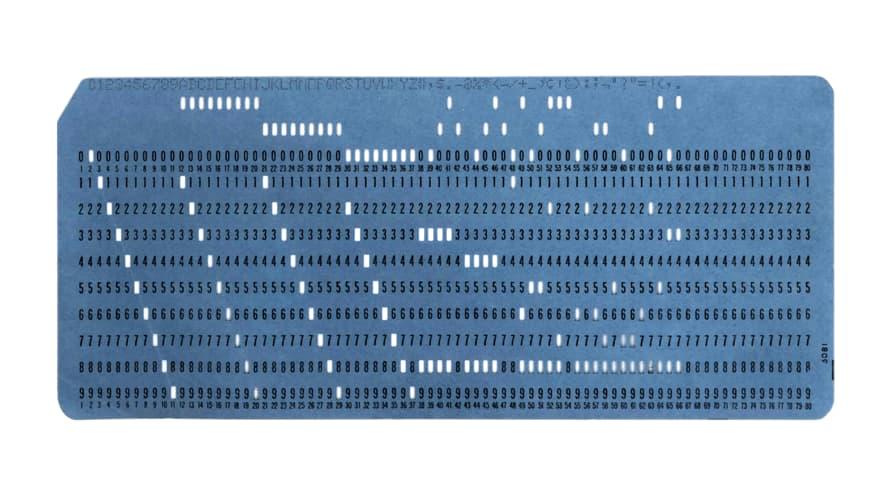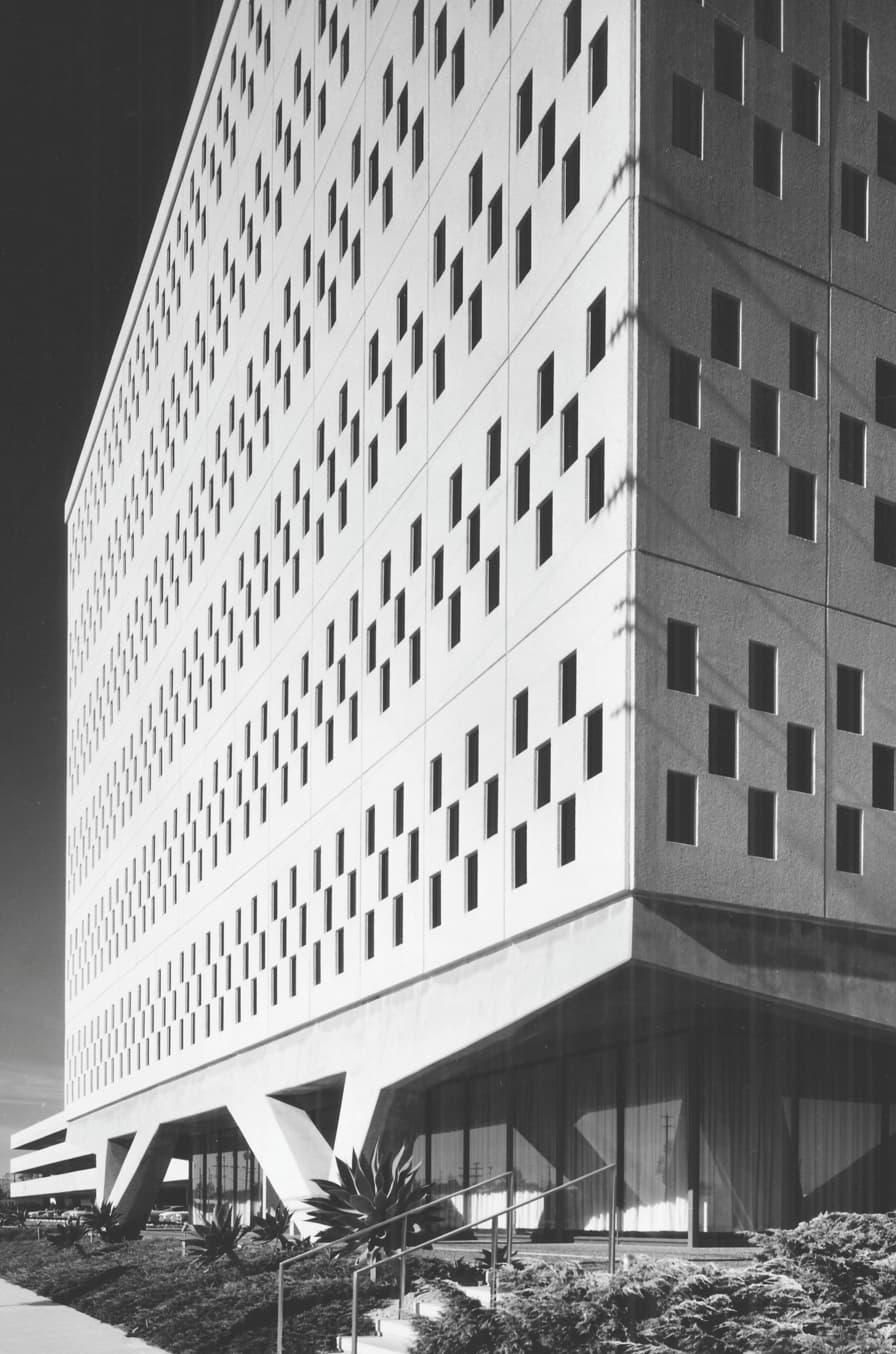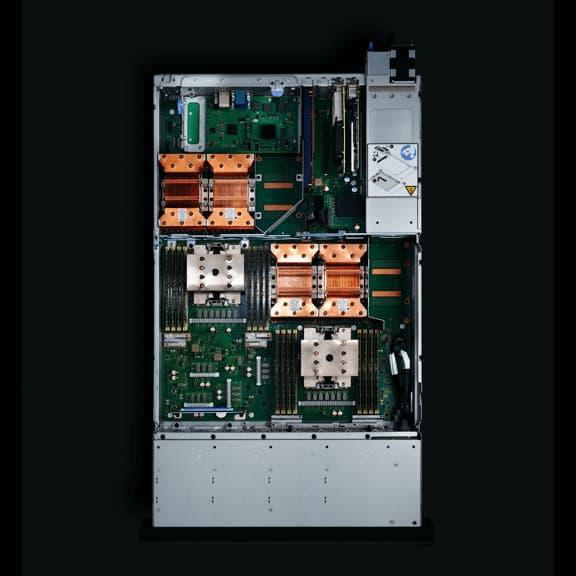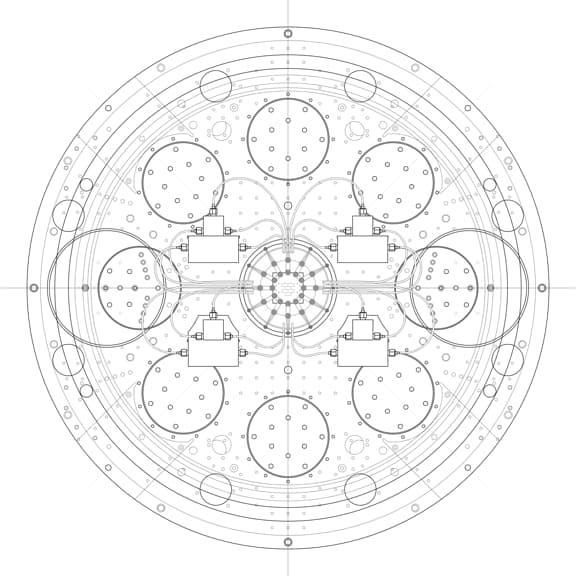Design characteristics
IBM has a rich legacy of design across many disciplines from industrial design to architecture. Design characteristics are the elements of a space that make our environments instantly recognizable as IBM. These characteristics derive from our design language and serve to reinforce our brand within the built environment. We invite our design partners to explore how our design character can be reflected regionally and around the world. Learn more about our design philosophy.
Committed
IBM creates intelligent solutions. Our products are predicated on finding patterns in data, in human behavior and in the world around us. These patterns enable us to build tools that provide insight for our clients and our business. Pattern defines our very identity. Our approach to pattern design is based on the IBM 2x Grid, which serves as the underlying framework for all design at IBM. Learn more about the 2x Grid.
The use of pattern within our environments and architecture reinforces our brand character. The linear geometry inherent in the IBM logo can be applied in different dimensions of interior design or brand expression. Learn more about pattern design and application.

IBM 8-bar logo

Linear wood slat systems

Linear lighting systems

IBM Ehningen, Germany

IBM 80-column punch card pattern systems have been used throughout IBM’s history. The same principles used to design the punch card in 1964 can also be used to inform architecture and design.

IBM Aerospace Headquarters, Los Angeles
Designed by Eliot Noyes, 1964


Logo pattern by Paul Rand

IBM iX® 3D logo

Magnetic cores

IBM Pavilion at Expo 58, Brussels, Belgium
Designed by Eliot Noyes
Visionary
IBM is a great observer of the working world. Looking for design solutions from multiple vantage points provides an intelligent, informed and strong point of view. We remove anything gratuitous to reveal only what’s essential and impactful. This approach to design encourages new perspectives and delivers uniqueness in everything we do. Perspective can be expressed in architecture in both literal and abstract applications. One-point perspective can create symmetry, balance and a sense of drama. Indirectly, we can also expose structure, material and objects that reveal form and function.

IBM Power® server

IBM Power® server

IBM Power® server

IBM Watson® IoT offerings, Munich, Germany

IBM Quantum platform plan view

IBM Quantum platform exhibit




Thomas J. Watson Research Center,
New York

IBM data center

IBM North Castle, Armonk, New York

IBM Astor Place, New York City
Clear
IBM is fueled by data. We use organizing principles in the design of our systems and software to index data, create efficiency and discover insight. Geometry is an essential tool in the development of these systems and establishes a relationship between parts and pieces that’s expressed with order and clarity. Repeatable systems create greater efficiency and modularity. The IBM 2x Grid is designed as a flexible system that can inform both 2D and 3D design. Use geometry in architecture to develop formal relationships between space, volume, layout and grid. Learn more about the 2x Grid.

The design of the IBM Pavilion at the 1964 New York World’s Fair employed many principles of geometry to create a multimedia experience for guests. The ovoid theater, inspired by the IBM Selectric type head, was specifically designed to enable multiple projection angles on different surfaces, creating an immersive experience for the audience.

IBM Selectric type head, 1961

IBM Quantum System One computer, 2018
Geometry has always played a critical role in the design of IBM systems, both past and present. These principles can also inform architectural design and planning.

IBM 1401 Data Processing System, 1959

IBM North Castle, New York

IBM North Castle, New York


IBM North Castle, New York renovated floor plan, 2017
Unifying
IBM has always served as a medium between mankind and machine. This relationship is the basis of our brand and every experience with IBM. It’s this dynamic that we’re designing when we design anything. This duality can drive design choices—drawing parallels between the organic and engineered, light and dark, or soft and hard. We seek to pull the outside world in, through biophilic design and thoughtful contrast in material palette. We invite our design partners to explore how this relationship can manifest locally, drawing on regional influence to help inform dynamic design solutions.

IBM Research, Yorktown Heights, New York
Designed by Eero Saarinen, 1961

IBM Research, Yorktown Heights, New York
Designed by Eero Saarinen, 1961

Contrast in material

Biophilic elements in architecture

Intersection of form

Reflection of form

Contrast in texture
IBM Watson® logo

IBM Watson IoT® Headquarters, Munich, Germany

